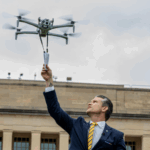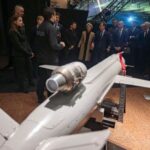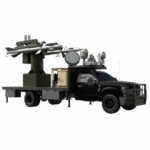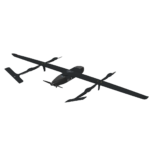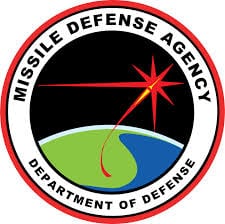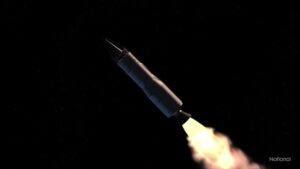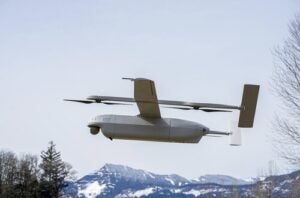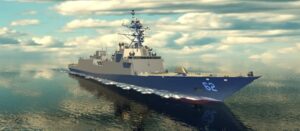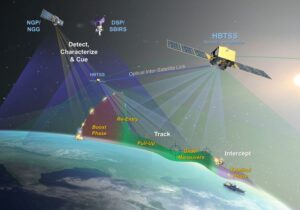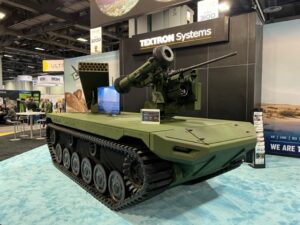
Textron Systems [TXT] on Monday announced a new collaboration with Kodiak Robotics to develop a new autonomous military ground vehicle designed for driverless operations, with a plan to demonstrate the new capability in late 2024. The effort will focus on integrating the Kodiak Driver autonomous driving software into a new Textron-designed, purpose-built uncrewed vehicle, with the companies noting the collaboration is the first time applying Kodiak’s self-driving technology into a vehicle designed “without space for a human driver.” “The collaboration…

 By
By 